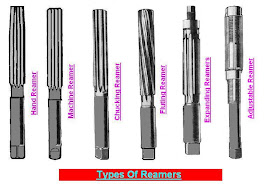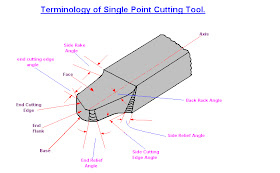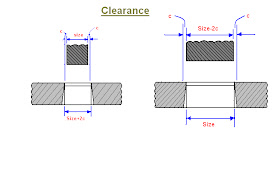Arc Welding:
The arc welding is a fusion welding process in which the welding heat is obtained from an electric arc struck between the work(or base metal) and an electrode. The temperature of the heat produced by the electric arc is of the order of 6000°C to 7000°C. Both the direct current (D.C) and alternating current(A.C) may be used for arc welding, but the direct current is preferred for most purposes. When the work is connected to the positive terminal of the D.C welding machine and the negative terminal to an electrode holder, the welding set up is said to have straight polarity. On the other hand, when work is connected to negative and the electrode to a positive terminal, then the welding set up is said to have reversed polarity. The straight polarity is preferable for some welds while for other welds reversed polarity should be used.
Following are the two types of arc welding depending upon the type of electrode:
(A): Un shielded arc welding:
When a large electrode or filler rod is used for welding, it is said to be un- shielded arc welding.
(B): Shielded arc welding:
When the welding rods coated with fluxing material are used, then it is called shielded arc welding.
Arc welding Processes:
The following are the various welding processes commonly used in engineering practice.
1: Carbon arc welding
In carbon arc welding, the welding heat is obtained from an electric arc between a carbon electrode and the work. In welding heavy plants, the additional metal is deposited in the weld from a filler rod.
2: Metal arc welding
In metal arc welding , the arc is produced between the metal electrode(also called filler rod) and the work piece. During the welding process, the metal electrode is melted by the heat of the arc and fused with the work piece. The temperature produced by the heat is about 2400° C to 2700° C.
3: Metallic inert gas (MIG) Arc welding:
In MIG welding , the electrode is consumable, the filler metal is deposited by the arc which is completely surrounded by an inert gas.
4: Tungsten inert gas(TIG) arc welding
In TIG welding, the heat is produced from an arc between the non consumable tungsten electrode and the work piece. The welding zone is shielded by an atmosphere of inert gas(such as helium or argon) supplied from a suitable source. The direct current with a straight polarity is used for welding copper alloys and stainless steel. Whereas the reversed polarity is used for magnesium. The alternating current is more versatile in welding for steel, cast iron, aluminum and magnesium.
5: Atomic hydrogen welding
In atomic hydrogen welding, the arc is obtained between two tungsten electrodes (non consumable) while a stream of hydrogen passes by the arc and envelopes the welding zone.
6: Stud arc welding
It is a direct current arc welding process, and is used for welding metal studs to the flat metal surfaces.
7: Submerged arc welding
In submerged welding, the arc is produced between a bare metal electrode and the work piece. The submerged arc welding is mostly done on low carbon and alloy steels, but it may be used on many of the non-ferrous metals.
8: Thermit welding
In this welding, a mixture of iron oxide and aluminum known as thermit, is used. The mixture is ignited only at a temperature of about 1500°C. A major advantage of the thermit welding is that all parts of the weld section are molten at the same time and the weld cools almost uniformly. This results in a minimum problem with internal residual stresses. The thermit welding is often used in joining iron and steel parts that are too large to be manufactured, such as rails, trucks frames, locomotive frames, other large sections used on steam and rail roads, for stern frames, rubber frames etc. In steel mills, Thermit electric welding is employed to replace broken gear teeth, to weld new necks on rolls and pinions and to repair broken shears.
















